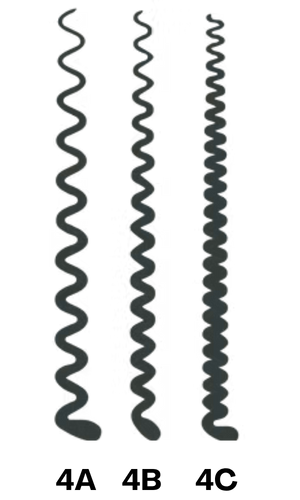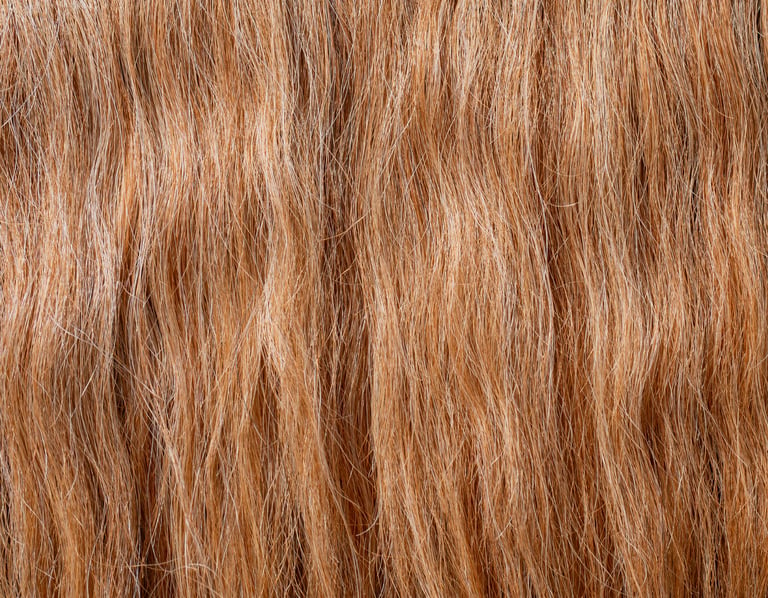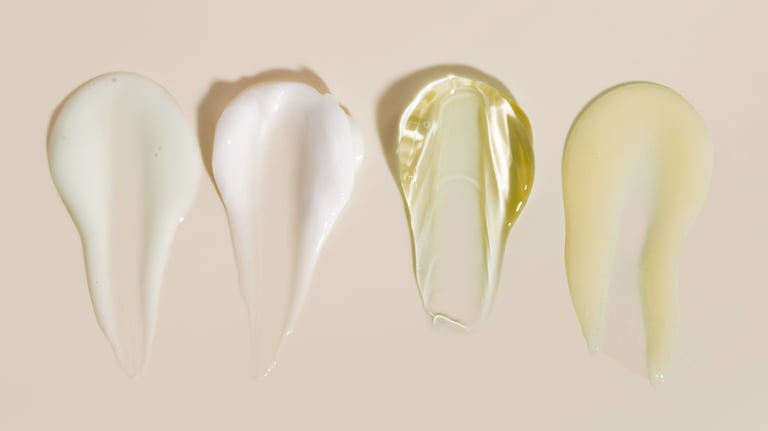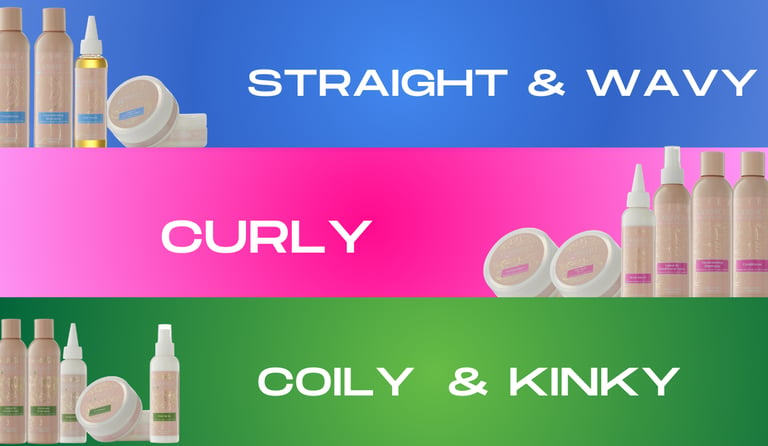Get to know your hair : Type, Texture & Porosity explained.
Your go-to guide for hair education and understanding different hair types and their needs.
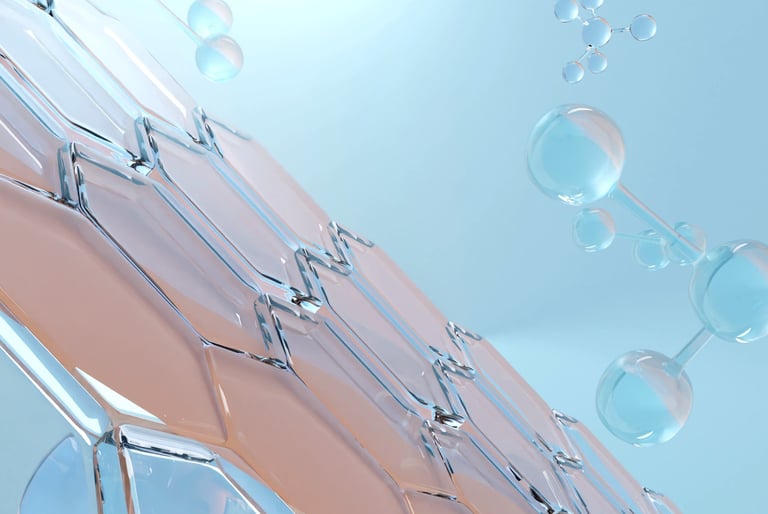

At Classic10, we invite you to embrace your individuality, nurture your hair’s true potential, and become your most authentic self.
Texture
To determine your hair texture, on your next hair wash day. Wash your hair and then let it dry naturally
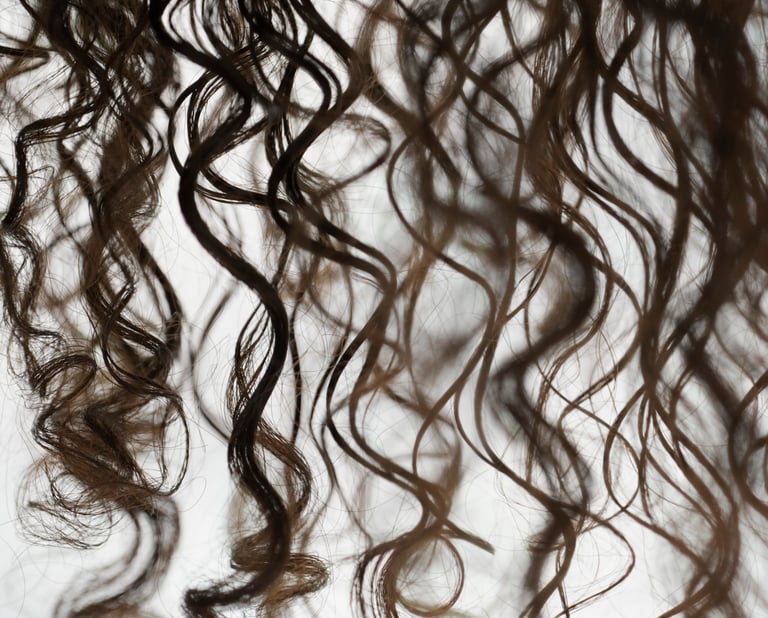

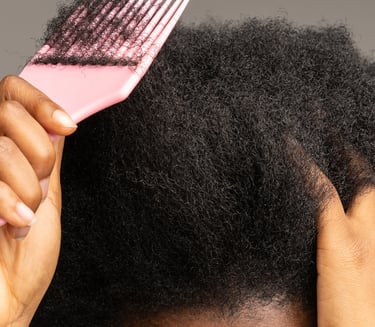

Straight:If it dries naturally, without a bend or a wave.
Wavy :If it dries with a slight curve that has minimal or no bounce to it.
Coily /also known as Kinky: If it dries to form tight curls or spirals.
Curly: If it dries with a defined curl to it.
Some people even have multiple curl patterns. If you’re someone who has multiple textures, choose the one that is most prominent throughout. Or chat to us for more information.
Understanding Hair Porosity
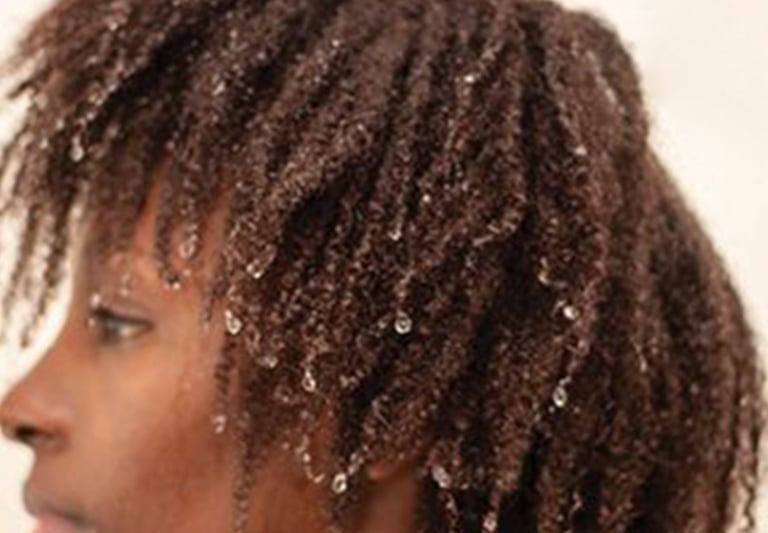

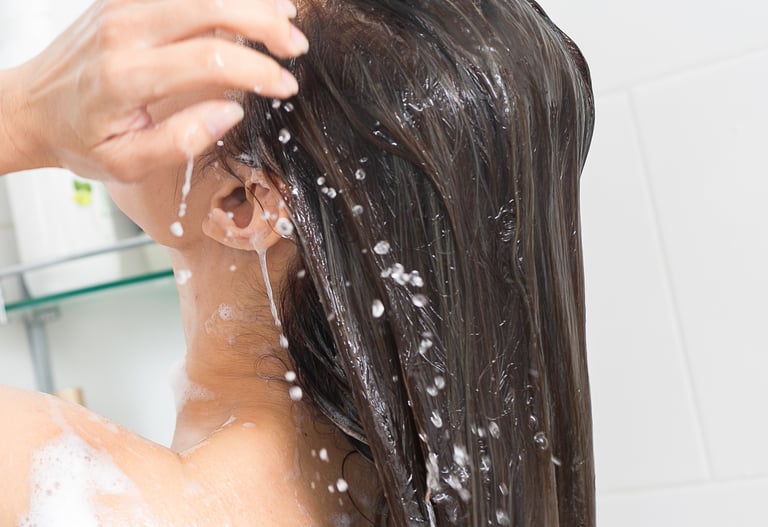

Hair porosity is the hair's ability to absorb and retain water. There are 3 main types of hair porosity, and your type is often dictated by your genetics.(attracts and retain water-hydroscopic)
Low porosity: Usually takes a long time to dry without using a blow dryer or other heat sources. This hair type has difficulty absorbing hair care products or needs a lot of water.
Balanced porosity: Generally easy to maintain and has a natural bounce. Additionally, it can be easily styled without using a large amount of product.
High porosity: Tends to dry quickly. Moisture can leave the hair just as easily as it can be absorbed. It usually requires a large quantity of hair product and may occasionally frizz.
Hair density is all about how many hair strands you have on a square inch of your scalp.
Understanding hair Density
If you have high hair density, your hair probably looks fuller and thicker. If you have low density, your hair might look finer and more delicate. Knowing your hair density helps you choose products that enhance your natural hair and help you achieve the style you want. For instance, people with high density might like lightweight, volumizing products that add lift without making hair heavy. On the other hand, those with low density might prefer thicker, hydrating formulas to add body and smooth out their hair.
To figure out your hair density, just take a section of your hair and see how much of your scalp you can see. If you can see your scalp easily, you probably have low density. If it’s hard to spot your scalp, you likely have high density. We offer products tailored for different hair densities, so you can find what's best for your hair type. Check out our range to find the perfect fit for your hair density and get the healthy, vibrant hair you want
Straight & Wavy


Straight
Hair that lies flat, or straight. Straight locks tend to be on the shinier side because the hair’s natural oils are able to travel from root to tip.
Type 1A is “stick” straight hair that has no hint of curl or wave. In fact, it’s hard for people with type 1A hair to even hold a curl. It’s the rarest hair type and is common mostly among Asian women.
Type 1B is not as flat as type 1A and has extra body. When left unstyled it is generally straight, but it can hold curls, which gives the hair more movement and texture.
Type 1C achieves the tousled look when air dried, while still lying mostly flat. This straight hair type is also usually thick and coarse, which can cause fizziness depending on the climate or environment.


Wavy
Classified as hair that is naturally wavy, type 2 hair forms an S shape in the hair, and the stronger the ‘S’ shape, the curlier the hair is
Type 2A hair is the loosest wave, those with hair type 2A have a fine, barely-there tousled texture that's very easy to straighten. People with this texture must be wary of using heavy styling products that can easily weigh their strands down, rendering them limp and lifeless.
Type 2B hair consists of curlier waves with a more defined ‘S.2B hair lies flatter at the crown with defined S-shaped waves starting from the mid-length.
Type 2C: Waviest and thickest, close to curls, with well-defined S-bends starting at the roots; most voluminous and prone to frizz; recommended to use a non-lathering, sulfate-free co-wash between shampoos to maintain moisture.
type 1&2
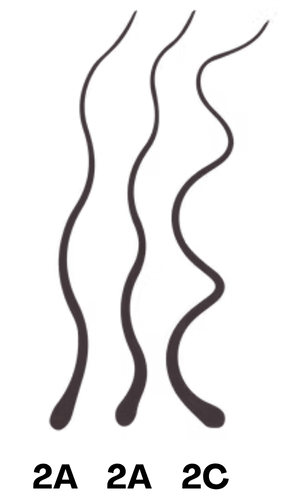

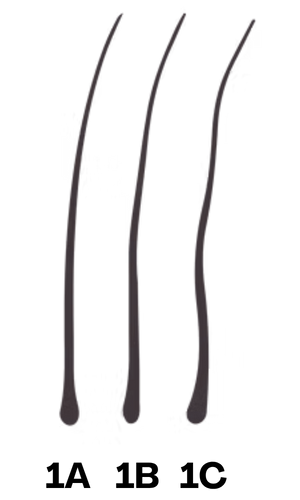

Curly
Identifying your curl shape and pattern(s) is best determined while your hair is sopping wet.


Type 3A strands, end to be shiny with large, loose curls that have a diameter about the size of a piece of sidewalk chalk. Use a curl cream into your dry hair to help emphasize the curl texture. To maintain those juicy springs, simply spritz your hair with a curl refresher.
Type 3B have springy ringlets with a circumference like that of a Sharpie marker. This texture can get dry, so look for curl gels that have humectants in them to attract moisture to strands. Apply when your hair is wet so you'll get definition without frizz.
Type 3C curls are tight corkscrews that range in circumference from a straw to a pencil. Strands are densely packed together, giving way to lots of natural volume. Fizziness is common with this type; if that's not a look you're into, use a sulphate-free, creamy cleanser co wash that won't dry out your hair even more.
type 3
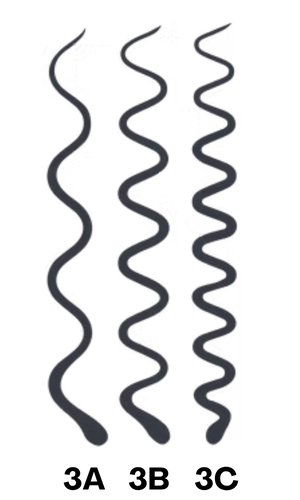

Coily & Kinky
Coily hair, also known as Afro-textured or kinky hair, is naturally dry and spongy, varying from soft and fine to coarse and wiry. It features tight, small curls that form zigzags from the scalp and is prone to significant shrinkage.
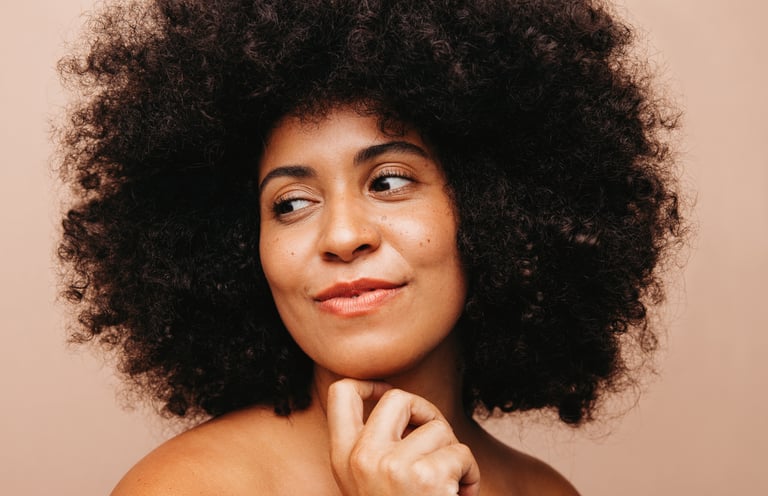

Type 4A strands, with hair type 4A have dense springy, S-patterned coils that are about the same circumference as a crochet needle. Styling should be done more frequently to keep this coily texture popping with soft, pliable strands. A curling cream with a leave-in moisturizer is a must for adding more moisture to daily wash-and-go styling.
Type 4B strands, are densely packed and can bend in sharp angles like the letter Z. All kinks, Hydrating Curling creams are good for this hair type.
Type 4C Type 4C: Similar to 4B but with more fragile, tightly coiled strands that may have an indiscernible zig-zag pattern. This type experiences significant shrinkage and dryness; use leave-in moisturizer, castor oil, Shea butter, and Jamaican black castor oil for hydration.
type 4
